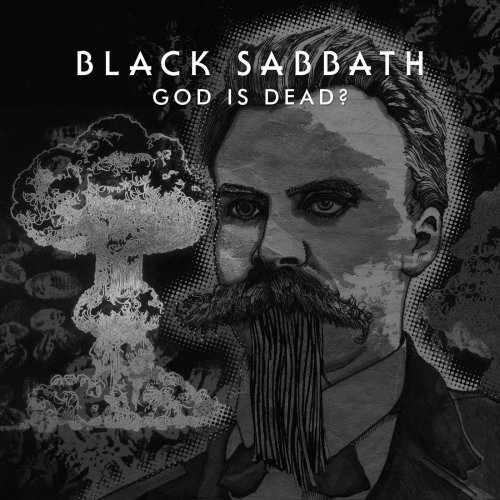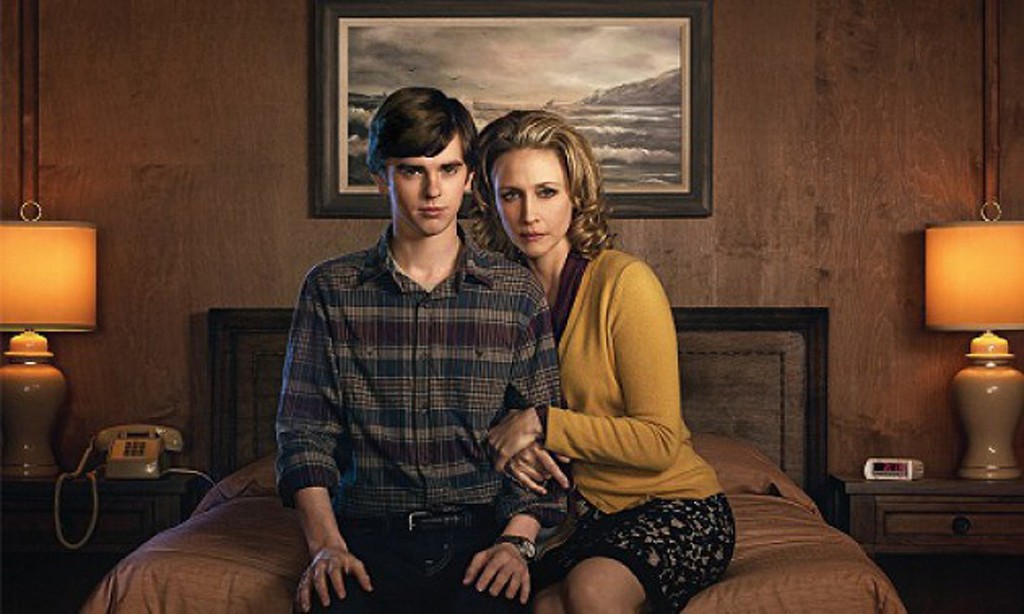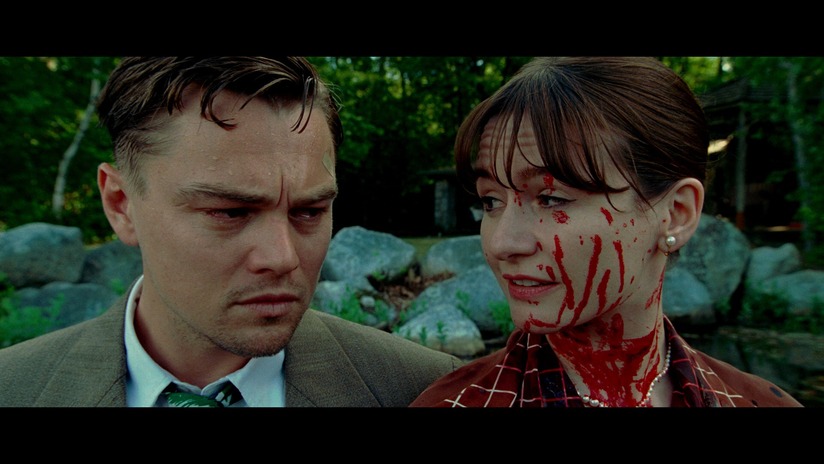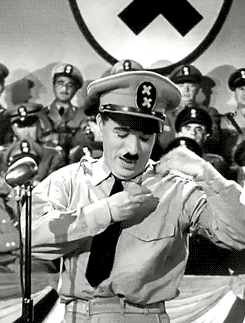Nietzsche really started out the age of anxiety with his lack of religion and his influence with others . His most famous quote is "God is dead". People began to believe this as the tragedy of WWI set in. With the death of God, what hope was there? Many resorted to depression and confusion.
Although religion was nonexistent according to Nietzsche, it was not all eliminated. Some people actually strengthened their religion interest by focusing on the sin of man and the forgiveness of God.
Another in depth thinker was Freud. He believed strongly in the Oedipus complex causing mental disorders. People were very disturbed by his theory because obviously it was very out of the box and too general. It is a matter of Norman Bates and his mother versus Leonardo Dicaprio in Shutter Island. Both are insane, but Freud thought the only reason would be the Oedipus complex but in fact, Dicaprio was insane because of his wife being a murderer. Freud was wrong.
VS....
Next we have Orwell, author of 1984. His book shows the distrust of government and how it will eventually take control over the world. This was a reflection of the war because of the control the governments had on the people such as making everyone work in war benefit factories. He revealed his fears which caused his readers great anxiety. They believed, for good reason, that this would eventually result.
 <-- No wonder people were scared.
<-- No wonder people were scared. Along with the arts came Picasso! His new style of art was able to express the anxiety happening at this time rather than just meaningless objects.

This picture as you can see is very confusing and depressing. This was the age of anxiety in a nutshell.
On a less depressing note is Rutherford who discovered the splitting of the atom! This was a new invention so people began questioning its validity. It was such a mindboggling invention. This furthered people's confusion of reality vs. illusion. Everything they knew were true was changing because of the war.
Last and not least was Chaplin! As people became depressed and anxious, they were looking for something to cheer them up and Chaplin was that person. He created silent comedies and mocked war and the politics at the time (see below). It was a good way for people to escape the realities WWI created. It created hope. As Chaplin said, "Nothing is permanent in this wicked world, not even our troubles."
THE END!







No comments:
Post a Comment